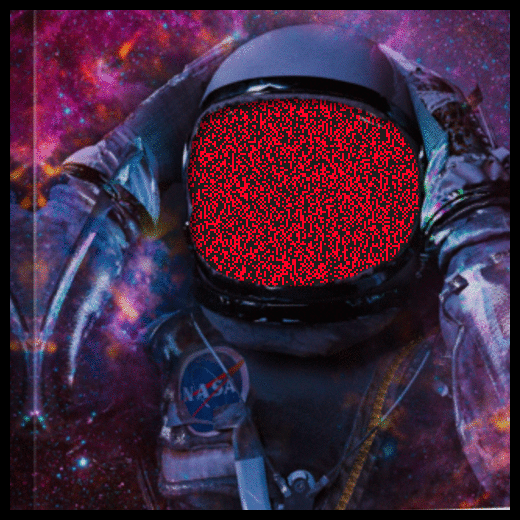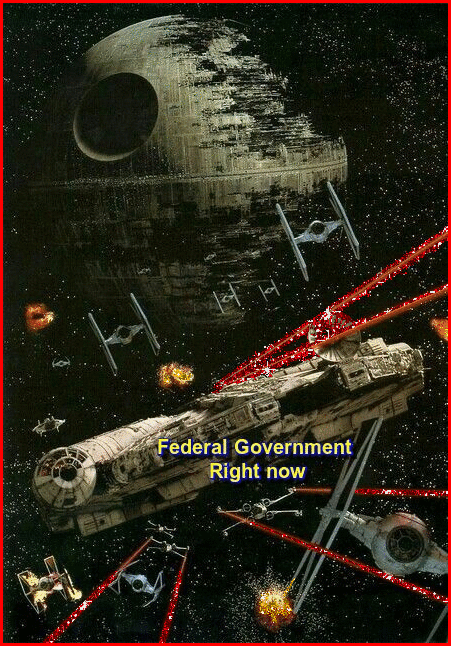A non-fungible token (NFT) is a special type of cryptographic token which represents something unique; non-fungible tokens are thus not mutually interchangeable.[1] This is in contrast to cryptocurrencies like bitcoin, and many network or utility tokens that are fungible in nature.[2]
Non-fungible tokens are used to create verifiable digital scarcity, as well as digital ownership, and the possibility of asset interoperability across multiple platforms.[3] NFTs are used in several specific applications that require unique digital items like crypto art (rare art), crypto-collectibles and crypto-gaming.
The first use case of gaming related NFTs have been crypto-collectible trading card games. Projects like Age of Chains and Rare Pepes have been using the Counterparty protocol to issue Bitcoin based blockchain trading cards as NFTs as early as 2016.[citation needed]
Art was an early use case for blockchain. NFTs prove authenticity and ownership of digital art.[4] The launch of CryptoPunks In June 2017 paved the way for “rare” art on the Ethereum Blockchain.[5] DADA.art built from the CryptoPunks model and launched the first marketplace for rare digital art in Oct 2017.[6]
Later, popular blockchain games like CryptoKitties made use of non-fungible tokens on the Ethereum blockchain.[7] NFTs are used to represent in-game assets, and are controlled by the user, instead of the game developer.[8] This lets the assets be traded on third-party marketplaces without permission from the game developer. Marketplaces for rare art include Nifty Gateway, Super Rare, Known Origin and MakersPlace. SOURCE WIKI
Digital art is endlessly multipliable without loss of quality. Cryptoart works by adding a unique and indelible signature to a digital file, called “tokenizing” or “minting” it on the blockchain — a technology that acts like a permanent ledger or registry distributed across many computers instead of a central one.
Emerging as a niche genre of artistic work following the development of blockchain networks such as Bitcoin and Ethereum in the mid to late 2010s, crypto art quickly grew in popularity in large part because of the unprecedented ability afforded by the underlying technology for purely digital artworks to be bought, sold, or collected by anyone in a decentralized manner.[1] SOURCE WIKI
While there isn’t one agreed upon definition for the term, two common interpretations currently exist among crypto artists and their collectors. The first, regarding crypto-themed artworks, or those with subject matters focusing on the culture, politics, economics, or philosophy surrounding blockchain and cryptocurrency technology.[2] The second, and more popularized definition, includes digital artwork that is published directly onto a blockchain in the form of a non-fungible token (NFT), which makes the ownership, transfer, and sale of an artwork possible in a cryptographically secure and verifiable manner.[1][3]
However, confusion can often arise when attempting to formally define crypto art since gray areas and nuance make it somewhat difficult to do so.[4] For example, blockchain technology has also been used to publicly register and authenticate preexisting physical artworks to differentiate them from forgeries and verify their ownership via physical trackers or labels.[5][6] Whether or not such artworks could be classified as crypto art is unclear.























